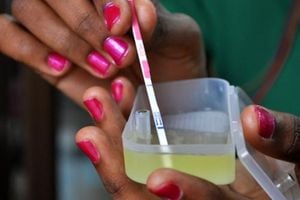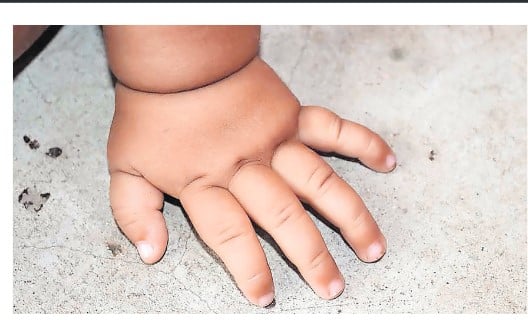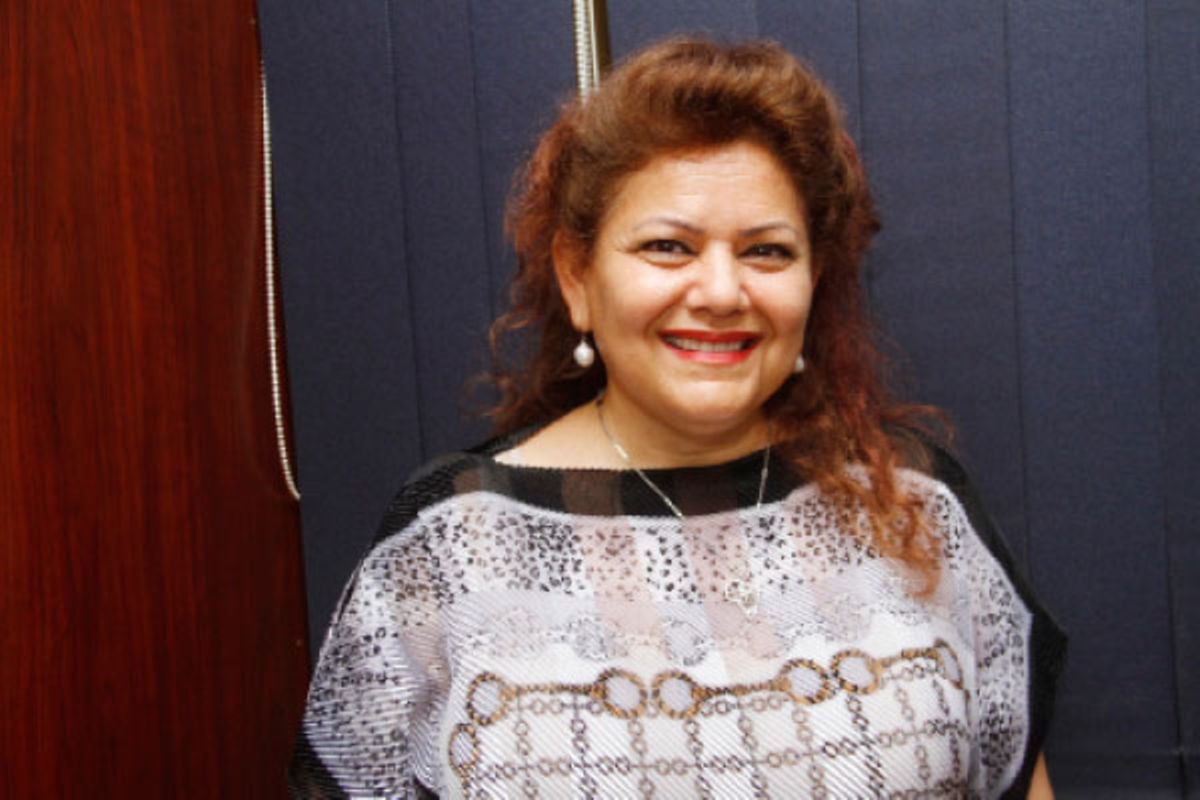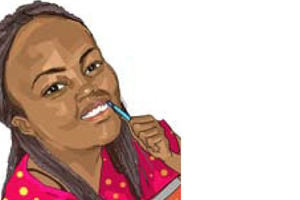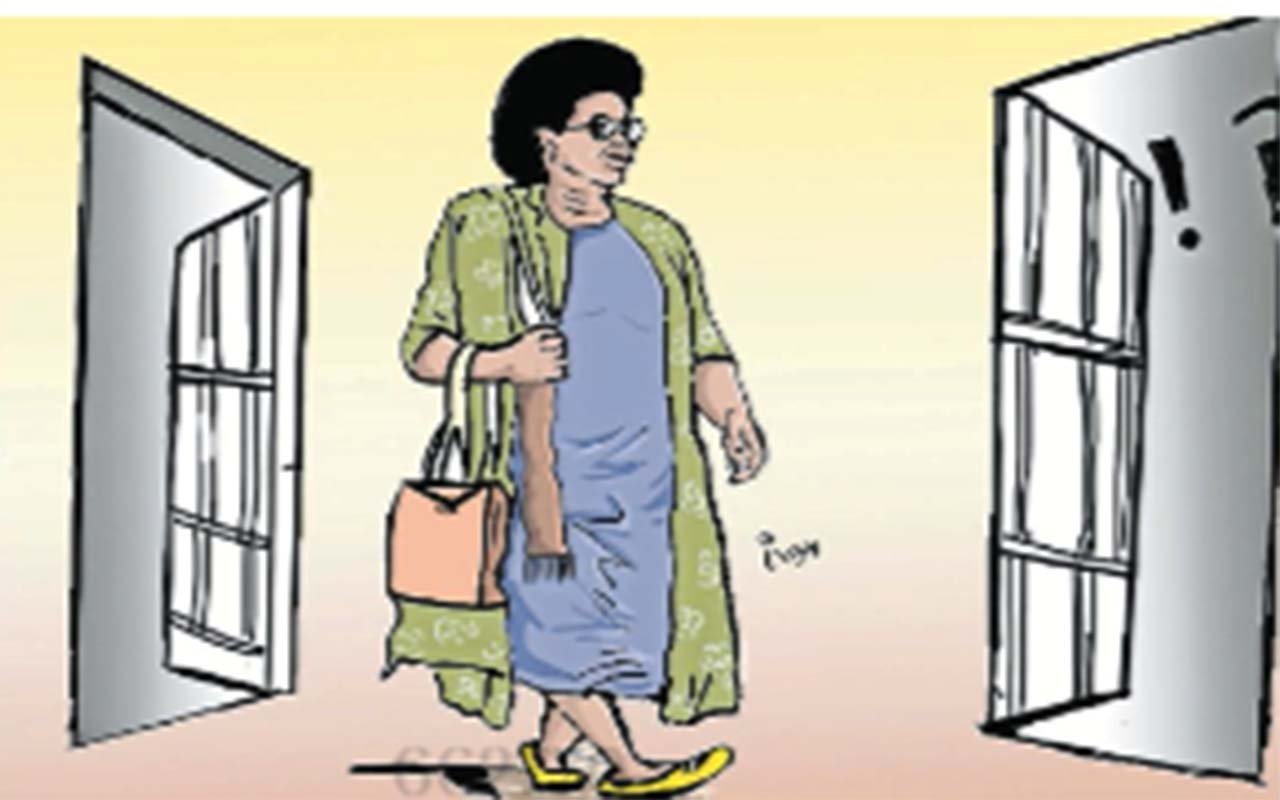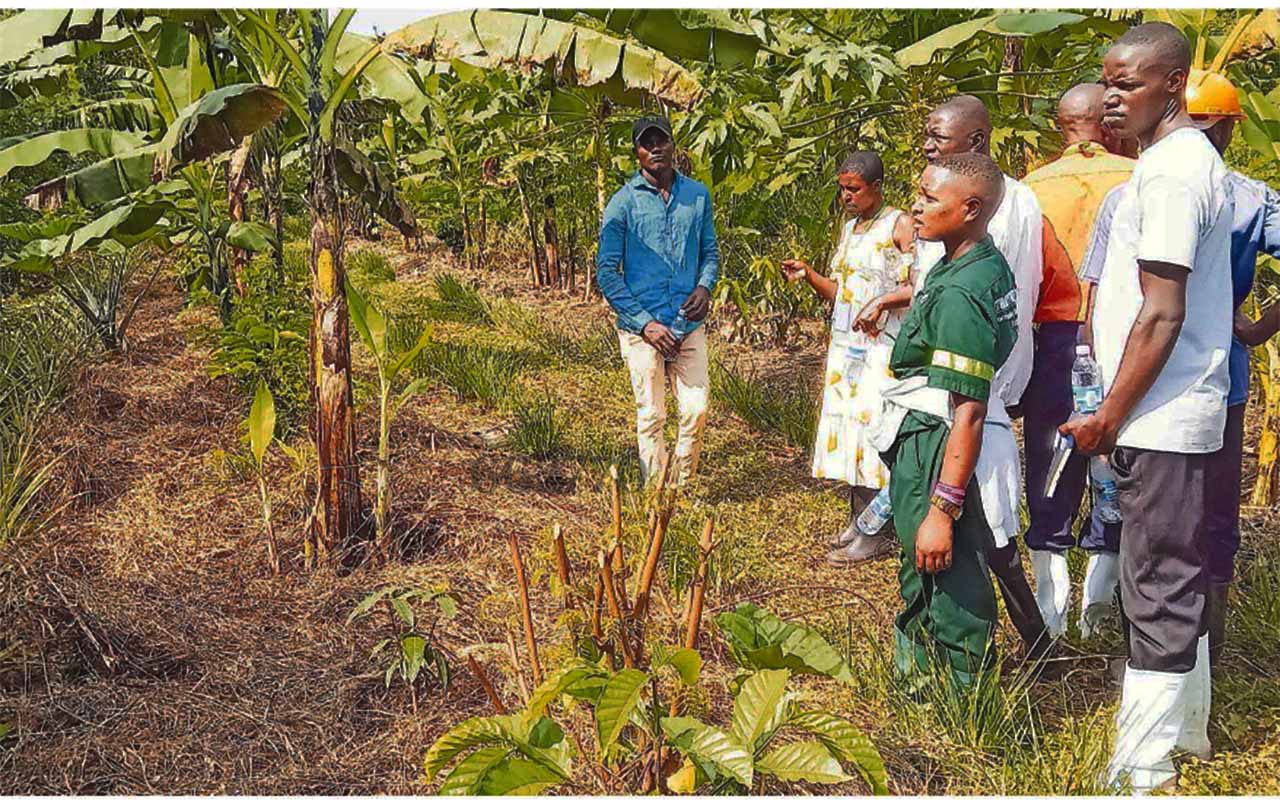
Martin Aliker built this house in 1963.Photo by Ismail Kezaala
Dr Martin Aliker, a distinguished influential business leader and entrepreneurial mentor, is one of Kololo’s longest-staying residents. He is an executive of repute, and it has led him to chair different boards of noteworthy companies in Uganda today. However, more to the pioneer East African dental surgeon who set up the first black owned private dental practice in East Africa is a story about living in Kololo, arguably Uganda’s foremost home to the elites.
Today, he lives in a beautiful white storied house on summit view that’s on top of Kololo hill. His home is huge and house seats on a large plot and has an expansive compound in the backdrop of the hilly terrain. It has a peaceful and quiet atmosphere just like most of the houses on his street. When we go their incidentally to take pictures of the house, we are received by a security guard who then makes a call before letting us in the home. We drive through a hilly drive way up to the parking lot. The home is quiet and most of the occupants prefer to stay indoors. I knock at the door and a house help dressed in blue shirt comes to attend to me. In the hallway, I can see beautiful art pieces and crafts hanged on the wall.
All the other house helps are busy going about their chores. Outside, the compound is neat, with short grass and well-trimmed hedges. There are white garden chair at the front of the house where people can relax from. From here, you can also see the rest of Kampala below the hill.
Dr Aliker says the climate in Kololo especially around his house is different; we are 2-3 degrees cooler, than the rest of the town. He explains that they are 50ft above the governor’s house so we are still cooler than the governor’s house.
Welcome to Summit View
The Summit View street has only ten houses and interestingly all the people on the street are all diplomats. The street the residence of the Kenya high commission, the governor of the bank of Uganda, the ambassador of United Arab Emirates among others, Dr. Aliker is also the only house occupant who actually owns the house on this street. Most of the occupants just rent the houses; few are actually owners of the houses they stay in.
He built his first house on Kololo hill in 1963.
He was one of the very first Ugandans to settle in Kololo a place that was home to only European civil service expatriates. He has lived in Kololo ever since the early 1960s taking 20 years off in exile and returning there again in 1998. He is one of the longest tenant/ occupant of Kololo with properties with in Kololo.
Whites only area
He narrates his life in the area. “Kololo was mostly home to only European expatriates and Asians in the late 1950’s. At that time, there were no Africans living on top of Kololo. I, as a civil servant, lived on Kololo but at the lower level. My first house was a small one on Nyonyi Gardens, where there is a church for Christians of Latter Day Saints, today. Private development began in the late 50s, when private plots were sold to private developers. Notably House No. 14 on Philip Drive was the first private house to be built by Prof Ian McAdams. Other private developments were mostly by Indians and Asians who built using the Asian architecture that is visible to date.
The “insane African”
“I built my first house on top of Kololo in 1963. It was a novelty because I put electricity and running water in the servants’ quarters. Reporters would come and take photos of this “insane” African who dared to put water and electricity in the servants’ quarters. Before that, Europeans would let Africans use lanterns yet they had electricity in their houses.
“Later on, Christopher Mboijana moved in and built his house on Summit View. He became the first Ugandan to build his house on top of Kololo where you could not get any higher. It was the highest residential house because it was on the top most part of the hill, which had the Meteorology Centre- it had two houses. Now there is a small military installation. Mohan Kiwanuka later bought his house after his death. Below Mboijana was the residence of the Bank of Uganda and this came after he had moved.
Life as Amin’s neighbour
“In 1971, when the coup took place by Amin’s soldiers against Obote’s government, my house was directly behind the command post where Amin lived. Amin was my neighbour but we didn’t socialise because there was a huge fence separating us. He was on Prince Charles drive and I lived on Hill Lane.
A week after the coup, Amin’s private secretary told me that I was a security risk therefore, I had to leave my house.
“I left ‘two hill lane’ and I acquired a plot Plot No.2 on Summit View from Kampala City Council. I started building in 1971 and completed in 1972. Building this house took me only one year because I used a contractor and an architect. Interestingly at that time, all houses on Summit View had to be worth £25,000 (it was a lot of money, at least an equivalent of £250,000 today(Shs1b at least)). They wanted to keep the value of the property high and the street had only 10 houses.
Difficult times
“Amin’s regime brought the whole development of Kololo to a standstill. Many occupants left Kololo and abandoned their houses. On the other hand, Mboijana and I had to go in to exile leaving my houses behind.
People just moved in. “My house was taken over by the Commissioner of Police, Kassim Obura, after I went in to exile. He was very excited about the house and decided to throw a big party to show off his new house. Among the people he invited was the Governor of Kampala, Abdul Nassur Abdullah, (He was condemned to death and Museveni forgave him, his now a free man in Bombo). He came at night and was impressed by the beauty the house presented. He looked and saw all the lights of Kampala below him. The next day he sent an army to kick Obura out of the house.
“The governor moved in and occupied the house. Just like all of Amin’s people, he believed in telephones. There were 22 rooms in the house and he installed a telephone receiver in every single one of them. The master bedroom for one had four telephone lines going out. All this was for show- he was important, governor. Notably, the guest wing had a bath tub; his visitors from Koboko would fill it up, stand outside and bathe.
Buying back his house
By the time we got back the house, it was pretty damaged. It cost me £35,000 to build the house in 1972 and to renovate it after I came back from exile took $100,000 in 1998.”
“However, after Amin fell, I managed to buy back my house at Shs400m while I was living in Kenya. Some people occupied it while I was still in Kenya but they did not do much. I came back in 1998 and lived in the governor’s house, still on Summit View, as I renovated my house. When I reclaimed it, there were over eight families living inside with no water and electricity. I contracted ROKO and asked them to gut the whole house and do a makeover since most of things I had put in were very old.
